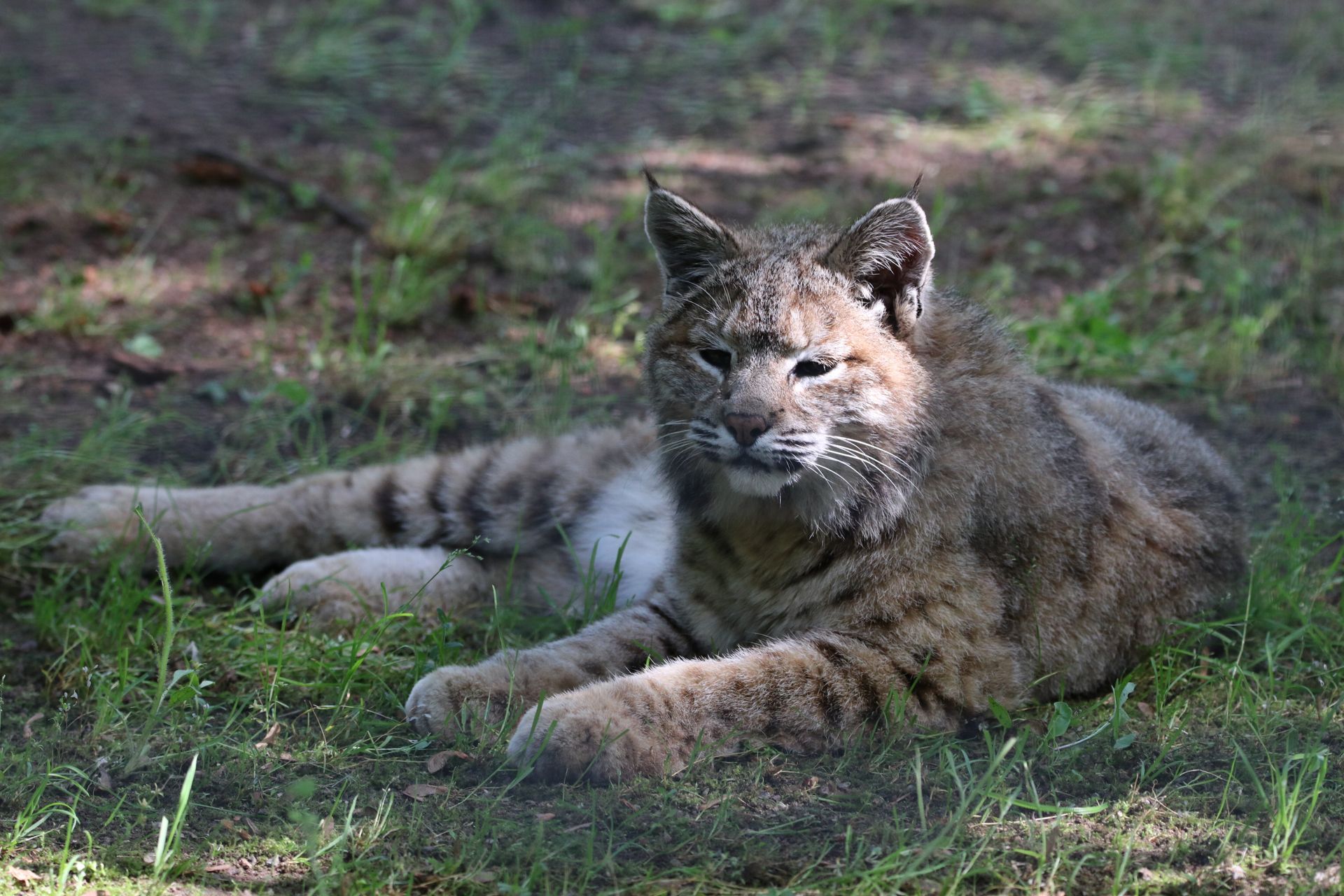Canadian Lynx
The Canadian Lynx is a mid -sized cat, similar to but slightly larger than, a bobcat. The Lynx can be distinguished from the bobcat by the black hair tufts on its ears and the long winter hairs on its lower cheeks. Lynx average 80 - 100 cm (31 – 39 in.) in length.
The Canadian Lynx inhabits the Boreal Forest of Alaska and Canada. They are also found in the western states of Montana, Idaho, Washington and Oregon, and until recently, Colorado. Lynx prey almost exclusively on snowshoe hares but will eat other small animals and birds.
They are territorial and mark their space with claw marks in trees as well as spreading urine and feces. Females keep their young with them through the first winter of life.
The Canadian Lynx inhabits the Boreal Forest of Alaska and Canada. They are also found in the western states of Montana, Idaho, Washington and Oregon, and until recently, Colorado. Lynx prey almost exclusively on snowshoe hares but will eat other small animals and birds.
They are territorial and mark their space with claw marks in trees as well as spreading urine and feces. Females keep their young with them through the first winter of life.
Fun Facts
The Canadian Lynx has retractable claws and very wide paws. They act like snowshoes in the winter. Prince Edward Island and Nova Scotia are the only Canadian provinces where the Canadian Lynx does not live.

scientific classification
Kingdom
Animalia
Phylum
Chordata
Class
Mammalia
Order
Carnivera
Family
Felidae
Genus
Lynx
Species
Lynx canadensis
did you know?
Canadian Lynx populations are closely tied to the eleven year cycle of the rise and fall of snowshoe hare populations. During the year of low hare numbers female lynx do not give birth to young.
Canadian Lynx are smaller than European Lynx.



